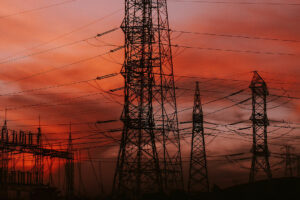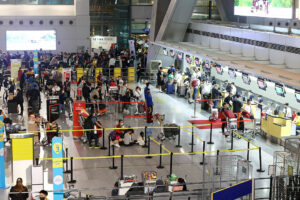It is easy to understand how the flame and power of rocket launches could cause air pollution. Less obvious is the air pollution caused by rocket parts, spacecraft and satellites re-entering the atmosphere.
A new global inventory has catalogued air pollution from space activities from 2020 to 2022. The inventory includes time, position and pollution from 446 launchers as they ascended and the tracks of re-entries as objects are heated to extreme temperatures and break up or burn up in the upper atmosphere.
It catalogues the pollution from 63,000 tonnes of rocket propellants used in 2022 and from 3,622 objects, including rocket parts and satellites, that re-entered the atmosphere between 2020 and 2023, amounting to about 12,000 tonnes.
Dr Connor Barker, of the UCL team, said: “Many rocket manufacturers and space agencies keep this information tightly controlled. We had to be creative about the different sources we consulted, from launch live streams on YouTube to online databases maintained by space enthusiasts in their spare time.”
Between the late 1960s and 2016, 100 to 200 objects a year were launched into space, but the advent of megaconstellations of communications satellites has set new records. Systems including Starlink, OneWeb, Starshield and Thousand Sails comprise satellites that require low orbits to reduce signal delays. These link together to give global coverage.
Barker said: “We were most surprised by the increase in material falling back to Earth – discarded rocket parts and disposed satellites at the end of their lifetime – and how quickly emissions from megaconstellations are growing, given that the first launches were only in 2019.”
Types of launch pollutants depend on the propellent but can include particles of soot and aluminium oxides as well as nitrogen oxides, chlorine and water vapour and carbon dioxide. Extreme heat on re-entry causes atmospheric oxygen and nitrogen to combine to form more nitrogen oxides and also produces tiny metal-oxide particles as the objects break and burn up.
Soot emitted high in the atmosphere can persist for several years, with a resulting climate warming impact that is up to 500 times greater than the same amount of soot from aviation or ground-level sources. Aluminium oxide particles, nitrogen oxides and chloride can consume the ozone in the stratosphere that protects us from the sun’s ultraviolet radiation. These can remain in the atmosphere for decades.










